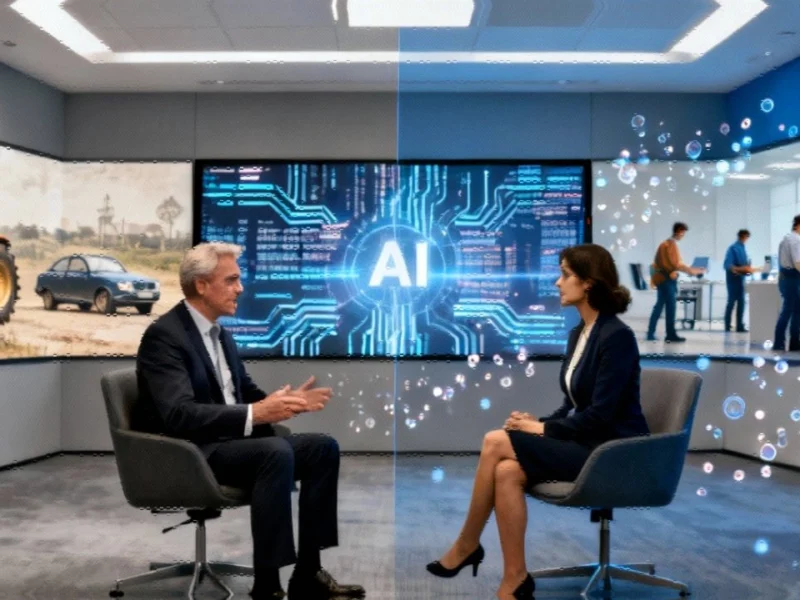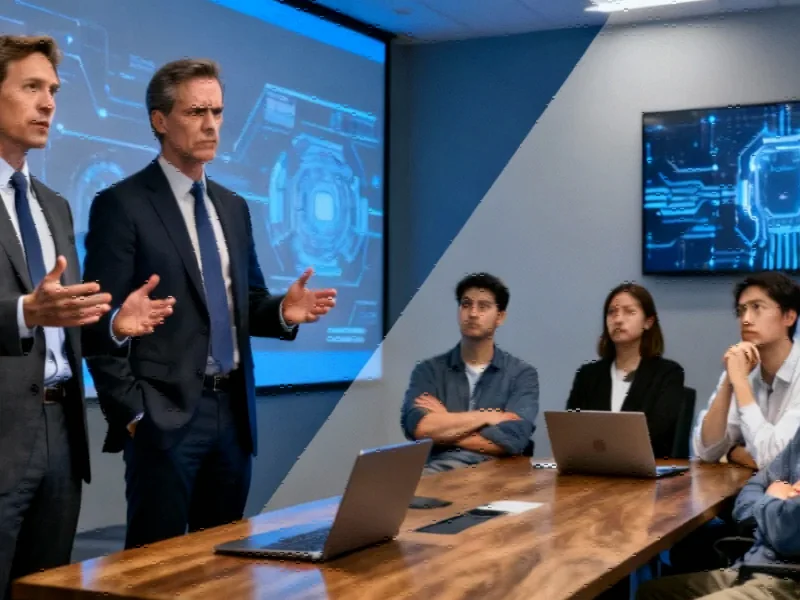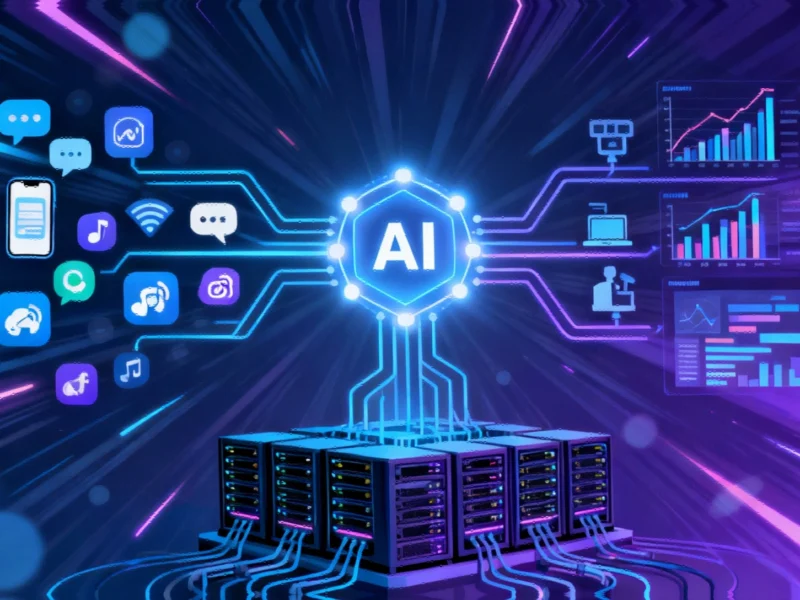Note: Featured image is for illustrative purposes only and does not represent any specific product, service, or entity mentioned in this article.
The Inevitable Shift: AI’s Impact on Employment
JPMorgan Chase CEO Jamie Dimon has issued a stark warning to those underestimating artificial intelligence’s disruptive potential, stating that denying AI-driven job displacement is equivalent to “sticking their head in the sand.” In a candid discussion with Fortune Editor-in-chief Alyson Shontell, Dimon drew historical parallels to previous technological revolutions, noting that just as tractors and automobiles transformed agricultural and transportation sectors, AI will fundamentally reshape modern employment landscapes. His perspective challenges both corporate leaders and policymakers to confront this reality head-on rather than delaying necessary adaptations.
Beyond Job Loss: A Comprehensive Framework for Transition
Dimon advocates for a multi-faceted approach to managing the workforce transition, emphasizing that simply displacing workers without support systems would risk social instability. “You can’t just take all these people and throw them on the street where the next job is making $30,000 a year when they were making $150,000,” Dimon cautioned. “You’ll have a revolution.” His proposed solutions include comprehensive upskilling programs for AI-based tech jobs, income assistance mechanisms, facilitated early retirement options, and extensive retraining initiatives. This holistic perspective recognizes that technological advancement must be paired with social responsibility.
The conversation around workforce transformation intersects with broader industry developments where technological innovation is reshaping traditional employment models across multiple sectors. As companies navigate these changes, understanding the full scope of digital transformation becomes increasingly critical.
JPMorgan’s AI Implementation: A Case Study in Strategic Adoption
Under Dimon’s leadership, JPMorgan has emerged as a financial services pioneer in AI implementation, investing approximately $2 billion in artificial intelligence and machine learning technologies. The bank has deployed these systems across numerous functions including sophisticated fraud detection, behavioral pattern analysis, legal document processing, regulatory compliance, and general business optimization. According to Dimon, these implementations have yielded significant procedural improvements through internally developed models, though quantifying the exact value of time savings remains challenging.
This strategic approach to technology integration mirrors patterns seen in other sectors, where industrial AI integration is creating new operational paradigms. The financial sector’s experience offers valuable insights for organizations across industries considering their own digital transformation journeys.
The Regulatory Imperative: Building Guardrails for Responsible AI
Dimon emphasizes that as businesses, governments, and society align on AI usage, establishing proper regulations and ethical guardrails becomes paramount. This is particularly crucial given AI’s potential to cause massive workforce displacement. His comments arrive amid growing global discussions about AI governance, with many experts advocating for frameworks that balance innovation with protection against potential harms.
These regulatory considerations extend beyond financial services to other technologically advanced sectors, including the electric vehicle industry where rapid innovation similarly demands thoughtful policy responses. The parallel evolution of technology and regulation will likely define the next decade of economic development.
Practical Implementation: Dimon’s Call to Action
Despite acknowledging the disruptive potential of AI, Dimon remains unequivocal about its transformative power. “Underlying the hype is a real technology that is extremely transformative and powerful,” he stated. His advice to businesses and professionals is direct: “So, use it. Get good at it. Make it part of your tool set and your weapon set.”
JPMorgan has focused extensively on internal training, with executives developing expertise in document processing, fraud pattern recognition, and database correlation. This hands-on approach reflects a broader trend where leadership engagement with emerging technologies is becoming increasingly vital for organizational competitiveness.
The urgency Dimon expresses is echoed in related coverage of his warnings about inevitable workforce transformations. This perspective is particularly relevant as companies across sectors grapple with similar challenges regarding technological adoption and workforce planning.
Broader Economic Implications and Sector-Wide Impact
The AI revolution extends far beyond banking, affecting diverse industries from manufacturing to healthcare. As organizations implement AI solutions, they’re discovering both efficiency gains and workforce challenges similar to those Dimon describes. This technological transformation represents one of the most significant market trends of our era, with implications for global economic structures and international competitiveness.
Other sectors are experiencing parallel disruptions, with related innovations and market changes creating both opportunities and challenges across the industrial landscape. The interconnected nature of these developments underscores the importance of cross-industry learning and collaboration.
Preparing for the Future: Strategic Recommendations
Dimon’s insights suggest several strategic imperatives for organizations navigating the AI transition:
- Proactive Workforce Planning: Develop comprehensive strategies for reskilling and upskilling employees rather than reacting to displacements as they occur
- Ethical Implementation Frameworks: Establish clear guidelines for responsible AI deployment that consider societal impacts
- Leadership Engagement: Ensure executives develop hands-on understanding of AI capabilities and limitations
- Cross-Functional Integration: Embed AI thinking across organizational departments rather than siloing it in technology functions
- Continuous Evaluation: Regularly assess both the efficiency gains and workforce impacts of AI implementations
As Dimon concludes, while the path forward involves significant disruption, strategic adoption of AI technologies ultimately promises substantial benefits for organizations that approach implementation thoughtfully and responsibly. The companies that succeed will be those that balance technological advancement with thoughtful human capital strategies.
This article aggregates information from publicly available sources. All trademarks and copyrights belong to their respective owners.



